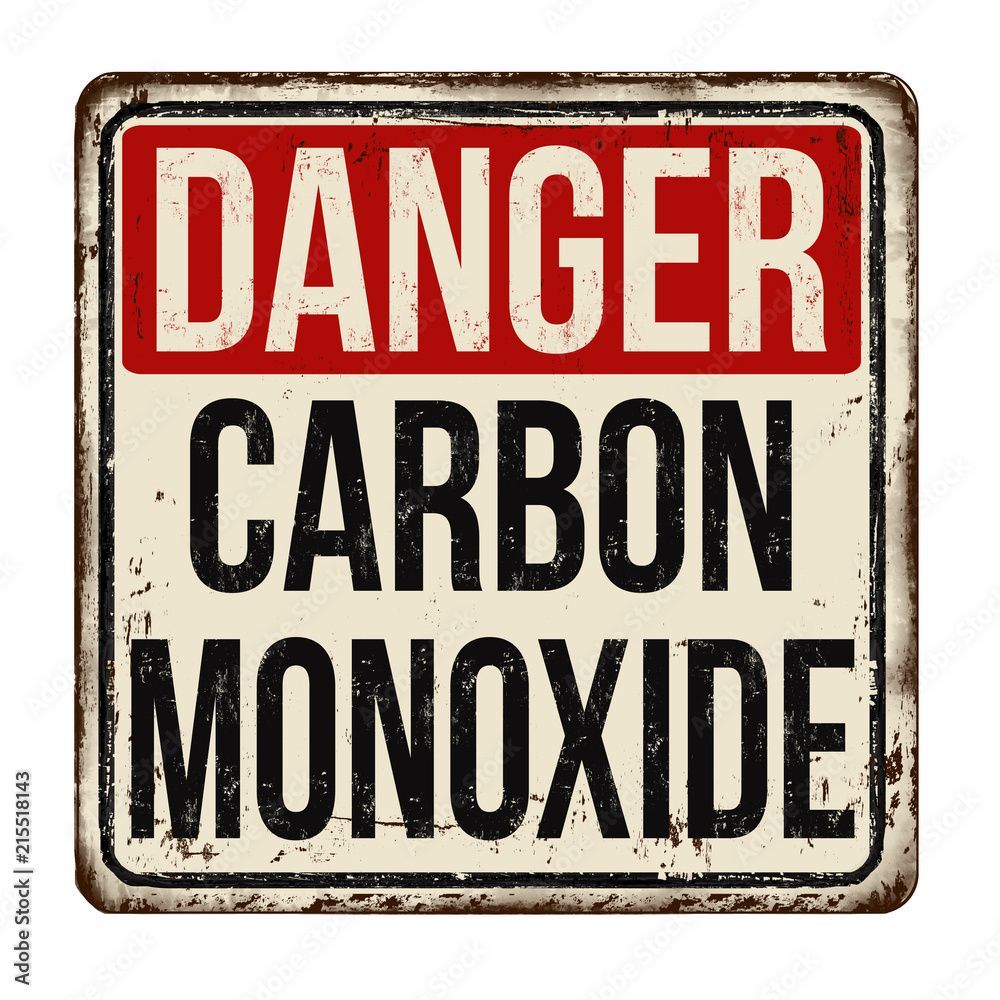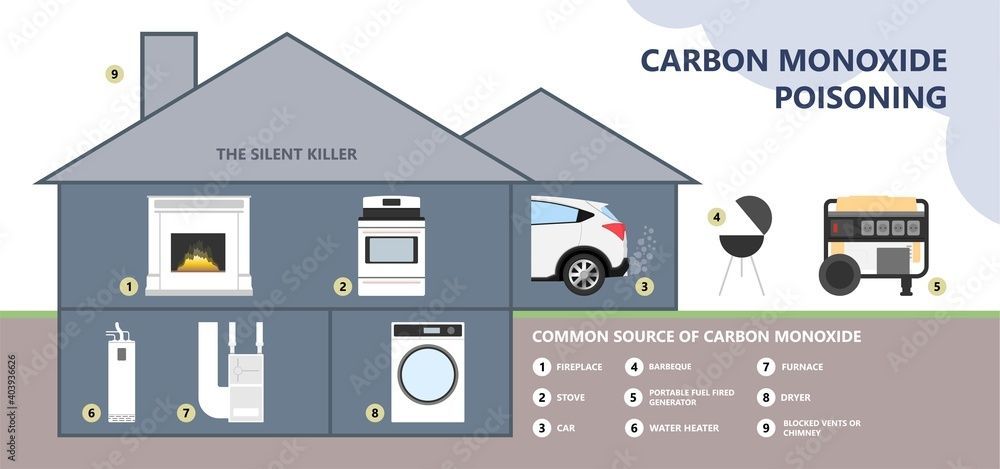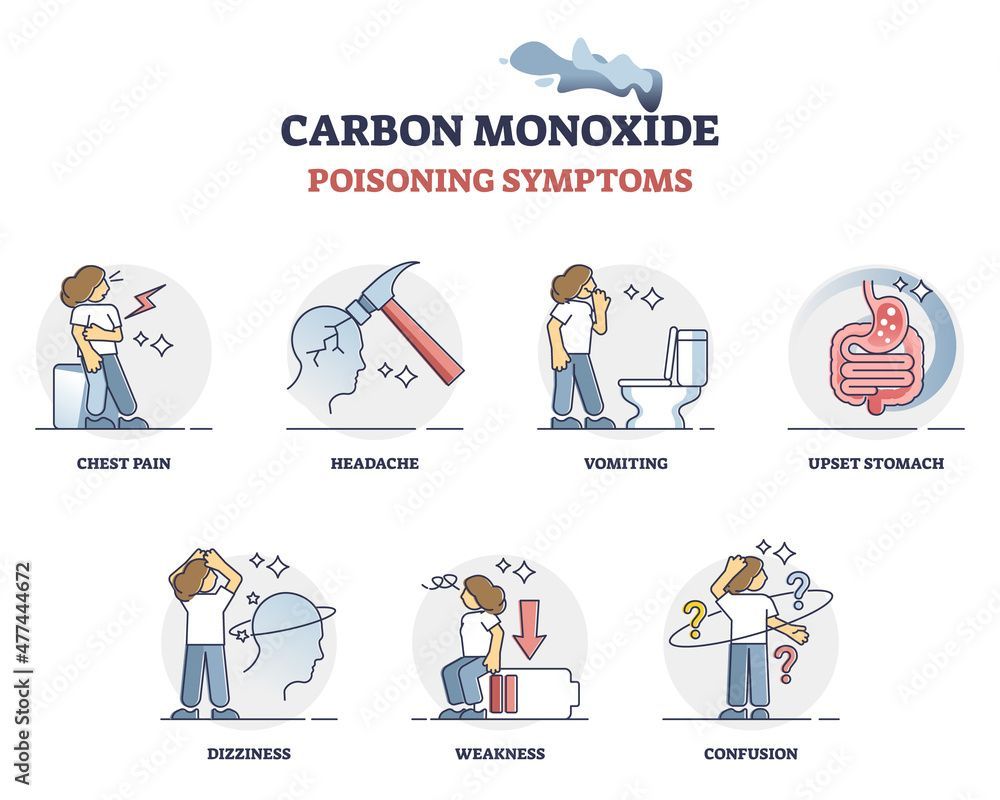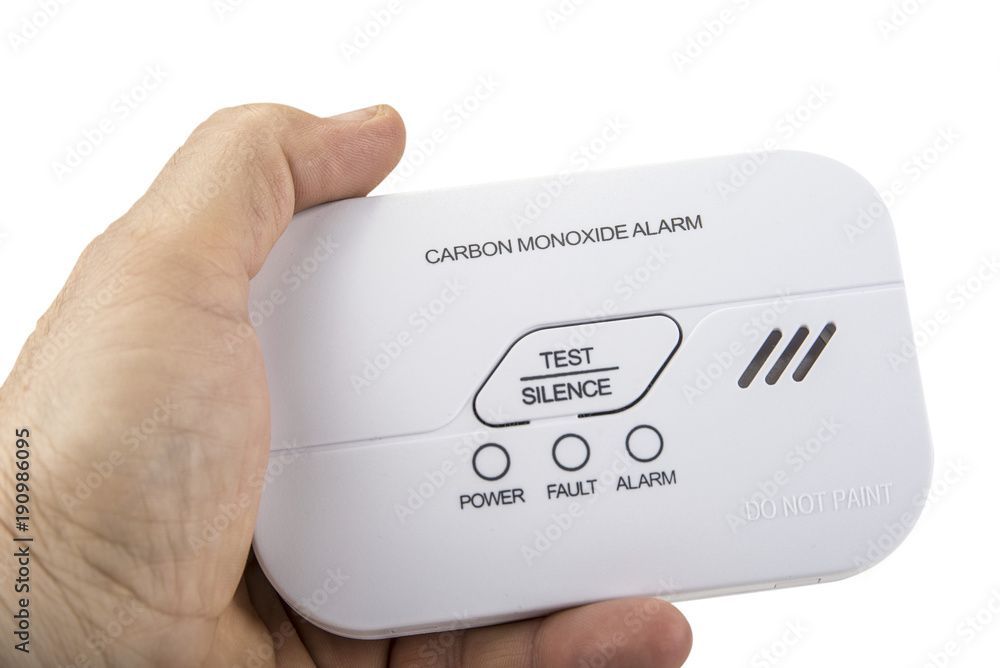Let's Learn About Carbon Monoxide and Carbon Monoxide Poisoning

We all know that we breathe oxygen and that we need this important element to live. We all know that we want to be breathing in quality air in order to ensure that our bodies are being properly cared for and that our lungs and our brain are getting what they need to continue to function as best as they can. What everyone might not know is that there is a gas that can displace oxygen, taking away the fresh air our body needs. That gas is called carbon monoxide, or CO, and it can be extremely deadly if you are not properly informed on the subject. In this article, JF Denney will break down what exactly carbon monoxide is, what causes carbon monoxide poisoning, and how you can prevent carbon monoxide from harming you and your family.
Where does carbon monoxide come from?
Carbon monoxide, not to be confused with carbon dioxide, is also known as 'The Invisible Killer' and can come from anything in your house that uses gas. This includes gas appliances, heating systems for your home, the water heater, or even your car (ever wonder why it is advised that you not run your car inside of the garage while the garage door is closed?). If something runs on natural gas, if you have fuel-burning appliances inside of your home, there is the possibility for it to produce carbon monoxide. Portable heaters, fuel-burning space heaters, and other fuel-burning appliances should never be run in an enclosed space without proper ventilation lest it lead to carbon monoxide, or CO poisoning, of yourself and your family.

What causes carbon monoxide poisoning?
When something that runs on natural gas is not installed correctly or is not provided with proper ventilation, carbon monoxide can begin to leak out into the fresh air inside of your home, displacing it and taking control. Space heaters are one of the biggest risk factors. Carbon monoxide poisoning begins when this happens and you begin to breathe in the carbon monoxide fumes, allowing the toxic fumes to build up in your blood and begin to replace the oxygen level in your red blood cells with CO levels and causing cellular hypoxia. Carbon monoxide exposure requires that prompt treatment is sought and the exposed individual seeks out fresh air immediately.
What are the signs and symptoms of carbon monoxide poisoning?
Carbon monoxide (co) is both a colorless gas and an odorless gas, meaning that it is hard to tell when the carbon monoxide fumes have leaked into your home. Unfortunately, most of the severe symptoms of carbon monoxide poisoning won't show up until it is too late and therefore it is extremely important that the public is aware of the less detectable symptoms of carbon monoxide poisoning so that you can get to an emergency department as soon as possible for treatment. The severity of and the timeline of an individual exhibiting which times of symptoms depends on how much carbon monoxide you have been exposed to and for how long you stay in that environment.
The most common symptoms of low carbon monoxide poisoning can develop within one to two hours depending on the severity of the exposure. These symptoms of CO poisoning occur at low levels of CO exposure.
- Flu-Like Symptoms, either accompanied by a fever or not, include:
- Headache
- Fatigue
- Dizziness
- Nausea
- Chest Pain
- Shortness of Breath
The symptoms of moderate CO poisoning are very similar to those of low-level exposure, but they might appear more strongly. These can occur within 45 minutes and can lead to death within just a couple of hours if not treated properly. If you feel these symptoms and have a suspicion of a carbon monoxide leak and do not own a CO detector, it is advisable to move outdoors and call your local fire department.
Because of how common the symptoms of carbon monoxide poisoning are to the flu, most people won't even consider the possibility that they have had carbon monoxide exposure until it is too late and they have already moved into the stages of severe carbon monoxide poisoning.
The symptoms of significant CO poisoning can develop fast, within minutes, and you may not even know that it has happened. If you are experiencing severe symptoms accompanied by an altered mental status, seek fresh air and contact help immediately for supplemental oxygen. Severely CO-poisoned patients are likely to become unconscious and not wake up again. Death or irreversible brain damage is possible when it comes to CO poisoning that is left untreated.

How is carbon monoxide poisoning diagnosed?
Carbon monoxide poisoning is diagnosed by the symptoms presented and the confirmed presence of carbon monoxide within the home. Most often, a blood test will be performed to measure the amount of CO in your bloodstream.
What are the complications of carbon monoxide poisoning?
Death is the most severe complication when it comes to carbon monoxide poisoning, but it is not the only complication that can be found. Acute renal failure has been reported as a complication when exposure to carbon monoxide has been severe enough. Another complication is brain damage - this can lead to comas and severe quality of life changes. Left untreated for long enough, carbon monoxide can lead to the development of a variety of different medical conditions, including chronic heart disease.
How is carbon monoxide poisoning treated?
Carbon monoxide poisoning is treated by providing the individual with pure oxygen after confirming the diagnosis with a complete blood count. Depending on the level of severity, this can be done through either oxygen therapy or hyperbaric oxygen therapy. Hyperbaric therapy is done when the person with CO poisoning is placed inside a hyperbaric chamber and given hyperbaric oxygen, oxygen that is provided in an environment of increased air pressure to allow the lungs to better absorb the air they need. Treatment for carbon monoxide poisoning will last until the individual is completely free of any carbon monoxide poisoning symptoms.
How common is carbon monoxide poisoning and how can I avoid it?

Unfortunately, carbon monoxide poisoning is relatively common, especially during the heating season. The Centers for Disease Control and Prevention estimates that thousands of people will go to the emergency room each year due to unintentional CO poisoning. It is also estimated that around 170 people in the United States will die each year due to severe CO poisoning. The good news is that it is an easy way to prevent the possibility of accidental carbon monoxide poisoning from killing you by installing a carbon monoxide detector in your home. A CO detector, especially one that includes a battery backup, is critical in detecting the toxic fumes before it gets the chance to fully invade your body. The alarm sounds of CO detectors will alert you to an elevated presence of CO levels much like a fire alarm alerts you to the presence of smoke in your home.
Many times, you will hear of stories where an entire family passed away in their sleep with no immediately identifiable cause. These can sometimes be examples of carbon monoxide leaking into the home, or appliances not being properly vented properly, leading to oxygen being displaced. Because of how hard it is to detect carbon monoxide, it would be easy to fall asleep and not wake up in the same way you might if there was a fire but your fire alarm was not working.
It is recommended that, in order to best protect yourself and your family, you adhere to the following guidelines:
- Get a carbon monoxide detector that includes a battery in case of loss of electricity.
- Check the batteries bi-annually!
- Per the recommendation of The National Testing Agency, you should have all gas appliances checked and serviced yearly.
- Avoid turning your vehicle on in the garage with the door shut. Fumes can slip beneath doors and infect your home.
- Avoid burning charcoal indoors. Keep that charcoal grill outside!
- Never use a gas-powered generator indoors.
- Gas ranges should NOT be used as heating elements under any circumstances.
- Avoid coal-burning appliances, opt for electric instead.
- Avoid using fuel-powered space heaters indoors.
- If one must be used, ensure that it is being run only in an area that is well-ventilated to avoid the build-up of CO inside of the home.
- Electric space heaters are preferential because they provide no risk of carbon monoxide poisoning.
Should I avoid fuel-burning appliances in my home?
While carbon monoxide poisoning is something that should be taken very seriously, there is no reason that you can't buy gas equipment. The best thing you can do for yourself and for your family is to ensure that your home and anything that can burn fuels are properly installed and ventilated. Follow the proper precautions and you should be able to avoid carbon monoxide (co).

How can JF Denney help me prevent carbon monoxide poisoning?
Having been family owned and operated since 1952, JF Denney wants to help you feel confident that your family is safe from carbon monoxide. We will always check any equipment that we install to ensure that the risk of a leak is minimized as much as possible. With winter coming up, we know that homes will be switching their air conditioning over to a furnace, making this one of the most common times for cases of CO poisoning to appear. When you call JF Denney for your annual service, our highly trained technicians will verify that your furnace is running correctly and installed properly.
